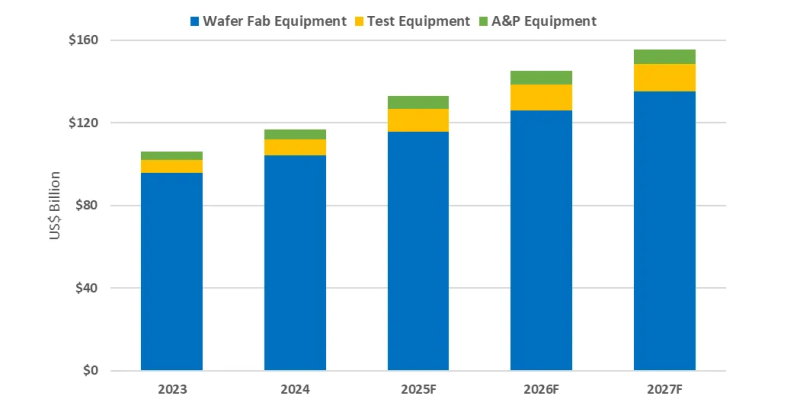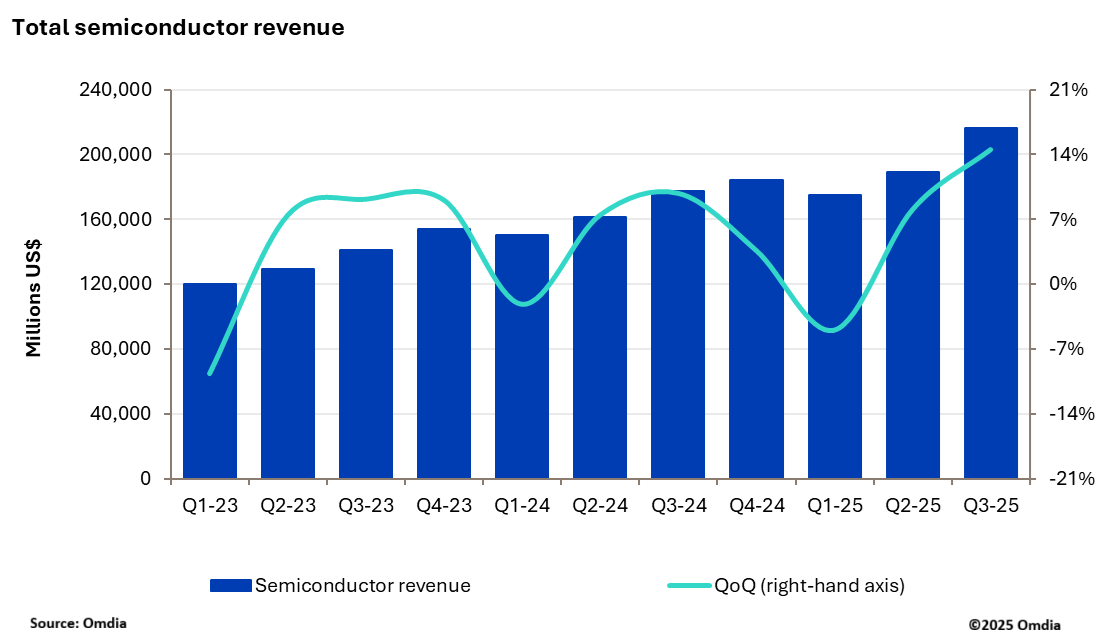Toshiba’s initial focus since going private on Wednesday will be on PMICs and making a ten percent operating profit, said CEO Taro Shimada (pictured) earlier today.
“In the short-term, expanding sales of power semiconductors is the first thing Toshiba should do,” said Shimada, “we’d like to ramp up the capacity as early as possible. Power semiconductors are selling like hotcakes because of strong demand for EVs.”Earlier this month Toshiba and Rohm announced a hook-up in PMICs.
Costs imposed by debt for the buy-out mean cost-cutting measures are needed and its four business units – energy, infrastructure, digital solutions and electronic devices – will consolidated and back-office efficiencies implemented.
Shimada said he expects the operating margin target of 10% to be achieved “early.”
“The issue with Toshiba was that it was unable to make any decisions and move forward,” Shimada said.
Shimada sees the data streams generated by Toshiba’s infrastructure businesses – power plants, trains, elevators, retail point-of-sales systems and water treatment systems – as the basis for initiating digital services revenue streams
“Once we are able to monetise the data from our equipment, profitability will easily surpass 10%,” Shimada said.
Shimada, a former Siemens exec, said that climate-related technologies like bendable solar panels, carbon capture systems, measuring industrial emissions and next-generation nuclear power technologies are longer term opportunities.
Stay up to date with the latest in industry offers by subscribing us. Our newsletter is your key to receiving expert tips.

Worldwide semiconductor equipment sales are projected to grow 13.7 percent in 2025, reaching a record 133 billion dollars, Semi announced at Semicon Japan. This momentum is expected to continue throug

The smartphone industry is facing considerable cost challenges in 2026 amid ongoing memory supply shortages and rising prices. This situation is expected to lead to a 1.6% decrease in annual shipments

New research from Omdia shows that the semiconductor market delivered a record breaking performance in 3Q25 with industry revenue reaching $216.3bn, up 14.5% quarter-over-quarter (QoQ). This marks the